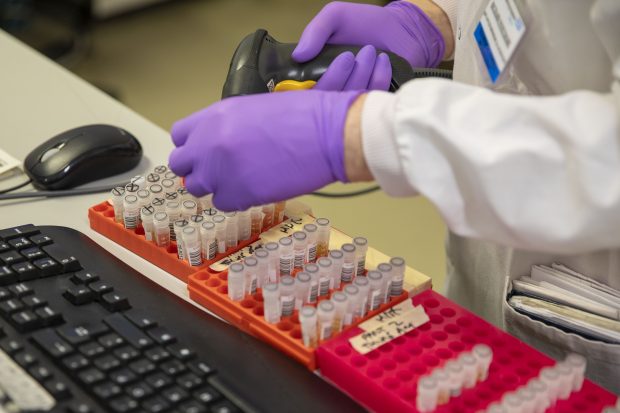Knowledge assets – stabilisation and innovation
In a talk Brian Eno said, “I like bureaucrats…They get a bad deal because they don’t look as glamorous as artists. But actually, what they’re doing is stabilising knowledge, keeping things running, and sometimes innovating quite radically”.
Eno is right, government can be a source of radical innovation. The knowledge assets initiative is a good example of this - developed by a team from within HM Treasury and working with many partner organisations across the public sector.
This project focuses on the significant value of knowledge assets that has been developed in the UK public sector. Accountants call this asset class ‘intangible assets’ – in literal terms, things that you cannot touch - like know-how, intellectual property, R&D, and data. Analytical work performed in 2018-19 assessed the value of these to be £104bn in the UK public sector.
It is recognised that these assets play a crucial role in a thriving private sector economy. Yet within the public sector this asset class receives less attention than physical assets, like property, that are easier to conceptualise. Underlying research and recommendations for this were set out in an HM Treasury report “Getting smart about intellectual property and other intangible assets” published in 2018.
Knowledge assets in the market sector
Research on intangible assets in the private sector have identified a number of features that differentiate them from traditional ones. In “Capitalism without Capital”, Jonathan Haskell and Stian Westlake argue that intangible assets can be scaled-up at little extra cost; that they are driven by synergies (for example, a dataset in itself may have no value, but combined with a new algorithm it can have huge value), and that spillovers are key (many R&D breakthroughs have their most valuable uses outside of the original purpose).
The world’s leading companies and markets have become extremely proficient at managing these features. Silicon Valley and other innovation systems excel at spillovers (transporting innovations from one field into another), creating synergies (combining data, skills, business models in novel ways) and scaling up significantly.
The operating systems of successful business have evolved to reflect this: incentives, investment techniques, management processes and information pathways have shifted from vertical command-and-control models to ones that favour interdisciplinary thinking, networking and synergies.
Knowledge assets in the public sector
Innovation doesn’t just take place in Silicon Valley, but also in vibrant teams, departments, labs, and policy units across the UK public sector. The special features around synergies, spillovers, and scale apply equally to the public sector. In the 2020 budget, a new fund and a new specialist unit were announced to focus on these features in the public sector.
And what are these innovations? They range from fusion energy to genomics, creating world-leading knowledge assets. In March 2020, working with the National Physics Laboratory, the knowledge assets team developed an event presenting some of the leading R&D innovations being developed in the UK public sector today, grouped under 3 themes: The Future of Healthcare, Space and the Environment, and Next-Generation Computing.
Ideas included an innovative technique to detect sepsis developed by the Ministry of Defence (MOD) Defence Science and Technology Laboratory adaptations of ultrasound technology by the National Physical Laboratory to provide more accurate cancer and diabetes detection; using satellites to track pollution from space; and an approach developed by the John Innes Centre to use plants to generate vaccines in shorter time frames than current techniques.
A key purpose of the event, aside from the presentation of ground-breaking innovations that will have global impact, was to bring together teams from different walks of life and generation connections to think about spillovers from one area to another.
The coronavirus (COVID-19) pandemic intervened in March and the event is now being reworked into a different format. In general, the COVID pandemic has underlined the importance of investment in knowledge assets both in the short-term response and the medium-term economic recovery.
This series of blogs will profile striking examples of knowledge assets being developed in the public sector – R&D, intellectual property, know-how – alongside some policy initiatives around them. We look forward to sharing the next post from Ploughshare, an innovation unit within the MOD, that has been working to accelerate their commercialisation process for innovations such as developing an ‘air shield’ mask.
Please subscribe to our blog for the showcase and please get in touch if you have been working on knowledge assets in your policy area, by emailing knowledgeassets@hmtreasury.gov.uk or leave a comment on this post.

Leave a comment